Why Building a Data-Driven Culture in Marketing Is Essential in 2025 📊
Modern marketing teams face constant pressure to justify budgets, prove ROI, and act fast. A strong data-driven culture empowers teams to move with clarity—not gut feeling. But it’s not just about dashboards; it’s about building shared understanding, habits, and accountability around the right metrics.
Define Clear Metrics That Align With Business Goals in a Data-Driven Marketing Team 🎯
Too many teams chase vanity KPIs. True data-driven marketing starts by identifying meaningful metrics: CAC, LTV, activation rate, or customer churn. Every team member should know which numbers matter, and how they influence broader growth objectives.
Make Data Visible, Accessible, and Actionable Across Your Marketing Department 📈
If insights stay locked in dashboards or analyst silos, they’re useless. To build a data-first marketing culture, you need transparent reporting, weekly updates, and cross-functional visibility. Use tools like Looker Studio or Tableau to simplify complex data for all roles.
Train Your Marketers to Think Like Analysts Without Losing Agility 🧠
You don’t need everyone to be a data scientist—but every growth marketer should understand experiment design, attribution, and causality. Equip your team with the basics of SQL, GA4, and funnel analytics to bridge the gap between intuition and impact.
Encourage Experimentation by Treating Data as Feedback, Not Judgment ⚖️
A healthy data-driven culture avoids blame. Results—good or bad—should be treated as learnings. Foster a growth mindset where experiments are celebrated, even if outcomes aren’t favorable. This builds trust in data, not fear of it.
Integrate Reporting Into Weekly Workflows to Drive a Marketing Data Mindset 🔁
Don’t wait for monthly reviews. Include KPIs and experiment results in weekly standups. Tie campaign performance to hypotheses. The more often data is used to guide discussion, the faster it becomes embedded in your marketing culture.
Break Silos Between Performance, Content, and Brand With Shared Data Goals 🧩
A data-driven marketing team isn’t just your analysts or performance marketers. Content, brand, and creative teams should also set KPIs, run A/B tests, and evaluate impact. When all functions align around shared outcomes, collaboration gets stronger.
Use Retrospectives to Turn Data Into Insight in a Repeatable Framework 🪞
Don’t just look at numbers—ask why. End every campaign or sprint with a data-driven retrospective. What worked? What surprised us? How will we act differently next time? Consistent reflection creates continuous improvement.
FAQ ❓
What does a data-driven culture in marketing mean?
It means decisions are made based on data, not opinions—through clear metrics, consistent reporting, and measurable outcomes.
Do creative teams need to be data-driven too?
Yes—data informs what resonates with users, helping creatives make smarter, more impactful decisions.
How can I train my team to use data effectively?
Start with light tools (like GA4, Hotjar, or Looker Studio), build shared vocabulary, and embed data into daily routines.
Isn’t too much data overwhelming for marketers?
It can be. That’s why simplicity, focus on key metrics, and storytelling around data are crucial in a healthy culture.

AUTHOR
Tomasz Jóźwiak
Growth Marketing Strategist | Founder at Webomo
I'm Tomasz Jóźwiak, a growth marketing strategist and the founder of Webomo. Over the past decade, I’ve helped startups, scale-ups, and established brands drive measurable growth through full-funnel strategies, performance marketing, and conversion optimization.
I believe in data-driven experimentation, fast execution, and full transparency—because real growth is about more than just vanity metrics.
👉 Let’s connect on LinkedIn or check out Webomo’s growth marketing work.

Fueling Growth with Strategy
Questions?
Ask any question about identifying new growth opportunities for your company.
